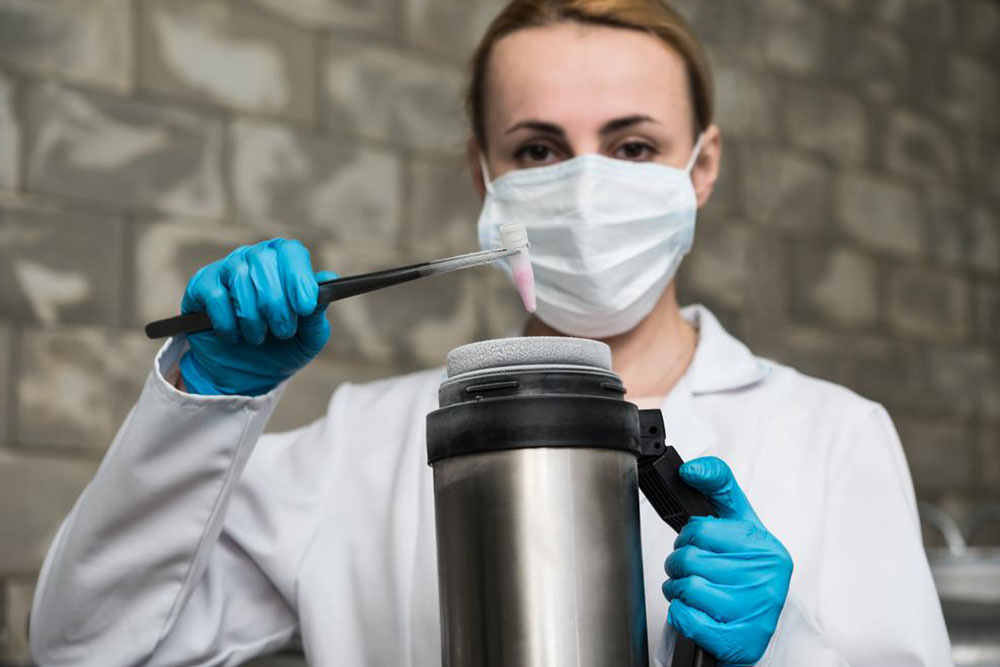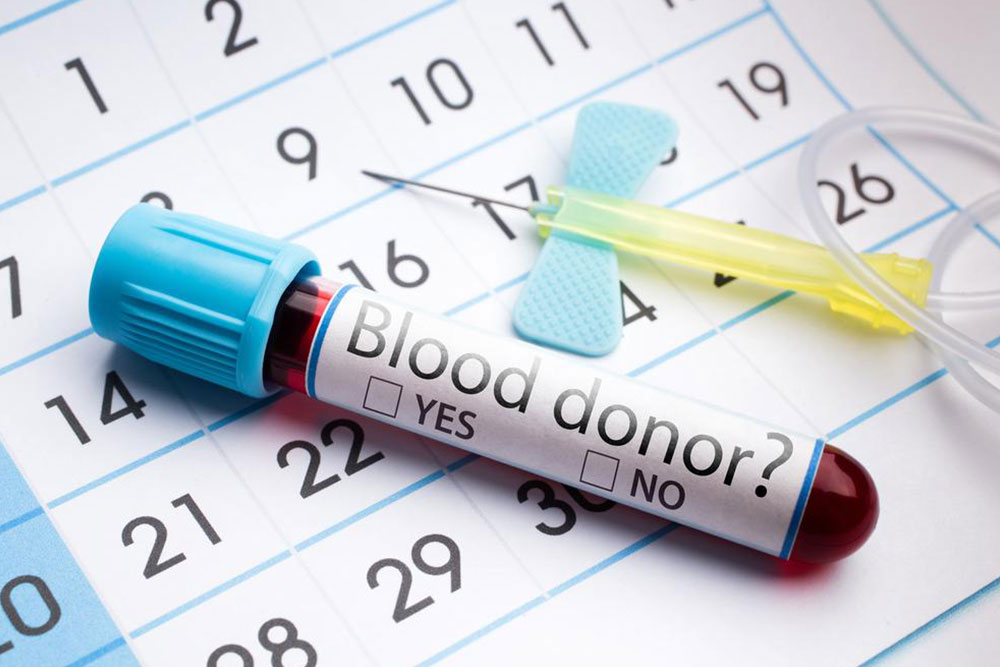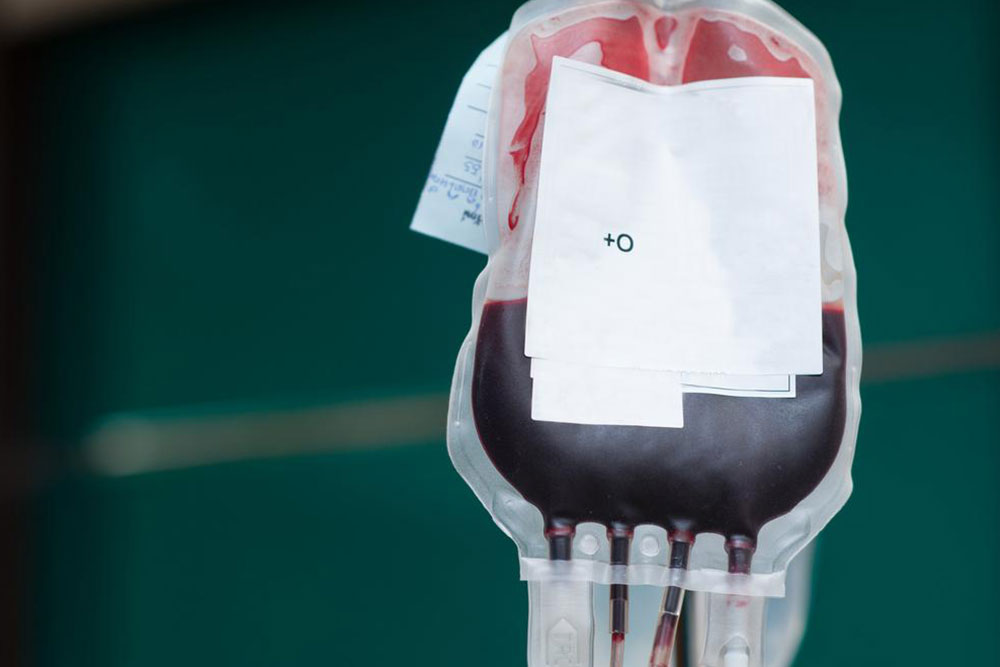Secure Your Baby’s Future by Banking Umbilical Cord Stem Cells
Discover the importance of banking your baby’s umbilical cord stem cells with LifeCell, India’s top stem cell bank. This safe and painless process offers advanced treatment options for various conditions later in life, making it a valuable investment in your child's health. Learn about the collection, storage, and benefits of preserving stem cells from the umbilical cord, emphasizing safety, accessibility, and potential medical uses.

Secure Your Baby’s Future by Banking Umbilical Cord Stem Cells
Stem cells are vital components within the human body, capable of transforming into various specialized cells as needed. These powerful cells can be collected from either a person's bone marrow or a newborn's umbilical cord. While bone marrow extraction can be uncomfortable and painful, collecting stem cells from the umbilical cord is non-invasive and safe for both mother and child. Preserving these cells can be crucial for treating blood, immune, or genetic disorders in the future.
India’s leading stem cell bank, LifeCell, has over 12 years of expertise in umbilical cord blood preservation. Using umbilical stem cells offers advantages over bone marrow options, such as requiring fewer matching parameters—only four compared to six for bone marrow—and the added benefit of preserving cord tissue, which is not possible with bone marrow harvesting.
What happens at LifeCell?
After collection, the umbilical cord blood undergoes thorough testing for infections, sterility, and cell viability. The stem cells are separated from the blood and tissue samples and stored at -196°C. To ensure safety, LifeCell offers dual storage facilities in different locations, safeguarding the sample against unforeseen disasters.
Umbilical cord stem cells can only be collected within 10 minutes after birth. Key reasons to consider banking these stem cells include the low availability of Indian donors, the potential need for autologous treatment, and the ability to treat conditions like diabetes, autism, and cerebral palsy. While the cost can reach up to 20 lakhs, investing in your child's stem cell bank makes sense for future healthcare needs.
Note:
Our blog covers diverse topics to provide valuable insights. While we base our information on thorough research, readers are advised to consult healthcare professionals for personalized advice. The website is not responsible for discrepancies or updates across different platforms and may not list all available schemes or offers beneficial to readers.









